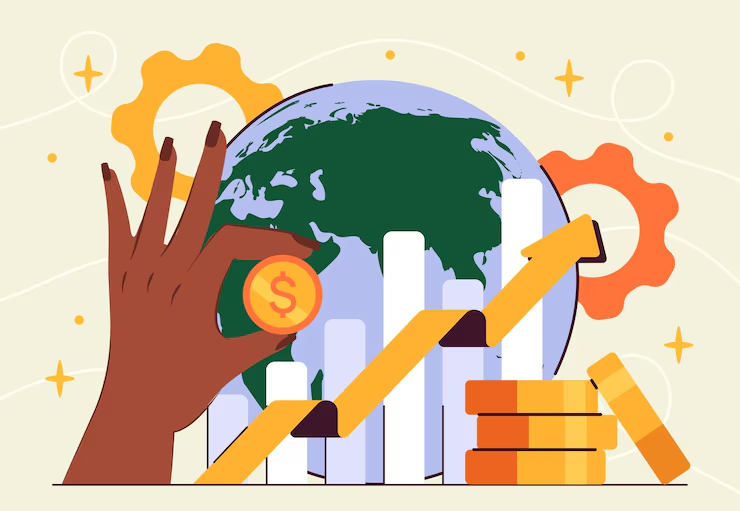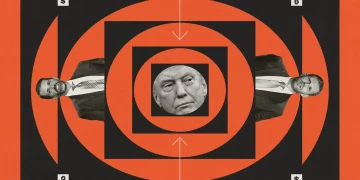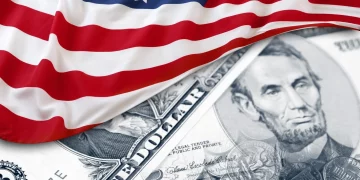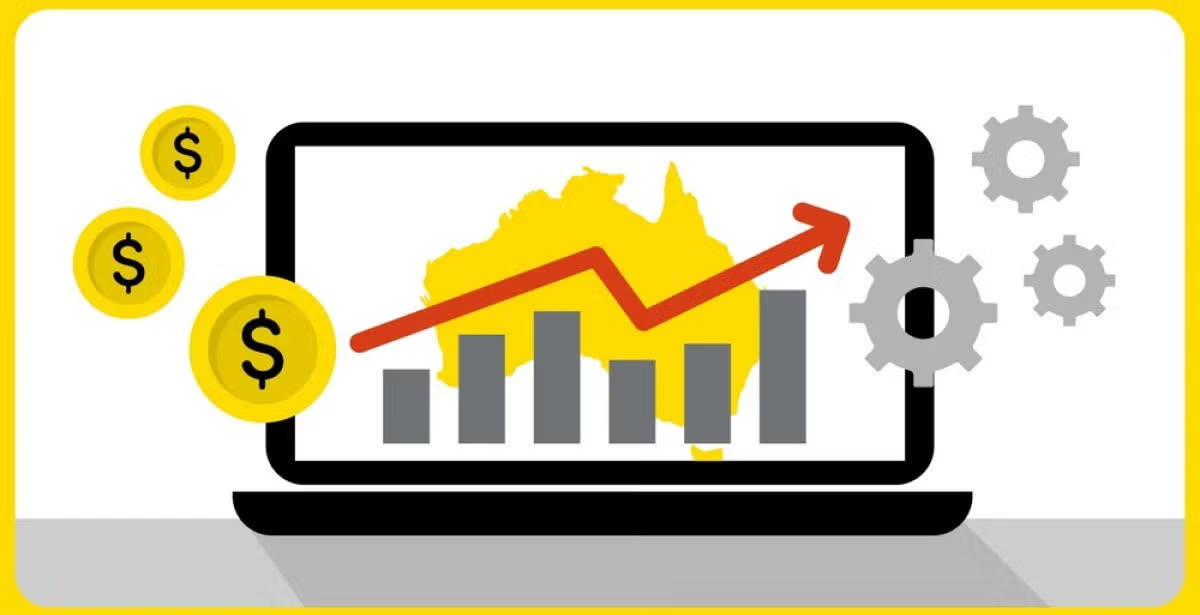Introduction
The idea of a “digital dollar” has evolved from theoretical curiosity to a pressing policy debate within the United States. As countries such as China pilot expansive central bank digital currency (CBDC) programs and as global payment systems shift toward real-time, cross-border, programmable forms of money, the U.S. faces increasing pressure to modernize its monetary infrastructure.
A U.S. central bank digital currency—commonly referred to as the digital dollar—is no longer merely a technological experiment. It is now a strategic financial instrument, a geopolitical tool, and a potential re-architecture of the U.S. monetary system.
This article examines the motivations behind a U.S. CBDC, its potential impacts on the financial system, the risks of implementation, and how a digital dollar could alter global finance and reinforce (or weaken) U.S. monetary dominance.
1. Why the U.S. Is Considering a Digital Dollar
1.1 Preserving the global role of the dollar
The U.S. dollar remains the dominant global reserve and settlement currency, but competition is rising:
- China’s e-CNY is expanding in scale and cross-border pilots.
- Regional payment networks in Asia and Latin America bypass SWIFT.
- Cryptocurrencies and stablecoins offer private alternatives to dollar settlement.
A digital dollar may help:
- Maintain dollar relevance in digital economies
- Ensure U.S. influence in global payment standards
- Strengthen sanctions enforcement and financial oversight
- Anchor the next generation of cross-border transactions
1.2 Modernizing domestic payment infrastructure
While U.S. payment rails are improving (e.g., FedNow), they remain fragmented:
- Same-day ACH is still slow for many use cases
- Credit card networks impose high fees
- Bank transfers often rely on legacy systems
A digital dollar could:
- Enable instant, 24/7 settlement
- Reduce transaction fees
- Increase financial inclusion
- Create programmable money for automated payments
1.3 Responding to private-sector innovations
The rise of stablecoins such as USDC and USDT shows market demand for digital dollars, but these tokens rely on private issuers and reserves.
A public digital dollar could serve as:
- A safe, central-bank backed alternative
- A regulatory anchor for digital asset markets
- A foundation for tokenized financial products
2. Design Choices: What Kind of Digital Dollar?
2.1 Retail vs. wholesale CBDC
Retail CBDC: Accessible to everyone, like digital cash
- Pros: Financial inclusion, consumer payments
- Risks: Bank disintermediation, data concerns
Wholesale CBDC: Restricted to banks and financial institutions
- Pros: Faster interbank settlement, securities clearing speed
- Risks: Limited impact on consumer economy
The U.S. is more likely to start with wholesale, gradually expanding into retail via intermediated models.
2.2 Account-based vs. token-based
Token-based (like cash): bearer instrument, anonymous
Account-based (like bank accounts): identity required
The U.S. probably prefers a hybrid model balancing compliance with privacy.
2.3 Intermediated vs. direct central bank model
A direct model bypasses banks, but risks destabilizing lending markets.
The U.S. favors intermediated CBDC, where:
- The Fed issues the CBDC
- Commercial banks distribute and manage accounts
- Users interact through apps provided by banks/fintechs
2.4 Privacy, surveillance, and security
Privacy is one of the biggest political obstacles:
- CBDC transactions must comply with AML/KYC
- Users fear government surveillance
- Cybersecurity poses systemic risks
A viable design must guarantee tiered privacy, similar to cash for small transactions while enforcing compliance for large ones.
3. Domestic Impacts of a Digital Dollar
3.1 Impact on commercial banks
A digital dollar could shift deposits away from banks into CBDC wallets, threatening bank liquidity. This creates risks:
- Higher funding costs
- Pressure on small and regional banks
- Reduced credit creation
Mitigation strategies include:
- CBDC holding limits
- Tiered interest rates (0% up to a threshold)
- Mandatory bank integration with CBDC rails
3.2 Monetary policy innovation
A digital dollar gives the Fed new tools:
- Real-time stimulus distribution
- Programmable interest rates
- Deep negative rates (if desired)
- Direct control over money velocity
The Fed becomes a more powerful institution—potentially too powerful—raising political and civil-liberty questions.
3.3 Consumer payments revolution
Consumers benefit from:
- Near-zero transaction fees
- Instant settlement
- Offline payments
- Debit-card replacement
- Digital cash for privacy-preserving transactions
Merchants gain by reducing:
- Interchange fees
- Chargeback risks
- Fraud
- Payment processing delays
4. A Digital Dollar and the Restructuring of Global Finance
4.1 Cross-border payment transformation
A digital dollar could become the backbone of:
- Real-time global settlements
- Tokenized foreign-exchange markets
- Smart-contract enabled cross-border trade
- Reduced reliance on SWIFT
This strengthens the dollar if the U.S. leads global CBDC standards.
If it delays, competing networks may rise.
4.2 Competition with the e-CNY
China’s digital yuan has three advantages:
- It already exists
- It works offline
- It supports programmable cross-border settlement
A U.S. CBDC could respond by:
- Setting global technical standards
- Integrating with allies’ CBDC systems
- Offering stronger privacy guarantees
- Leveraging dollar-based trade dominance

4.3 Effects on sanctions power
A digital dollar enhances sanctions enforcement:
- Real-time monitoring
- Direct freezing of CBDC wallets
- Visibility into global flows
But it also:
- Encourages sanctioned countries to build parallel systems
- Accelerates dedollarization efforts
Overall, the U.S. gains short-term power but may lose long-term influence if overused.
5. CBDC, Stablecoins, and the Future U.S. Financial Architecture
5.1 Coexistence with stablecoins
Stablecoins remain important because:
- They evolve faster than government systems
- They power crypto markets and tokenized assets
- USDC and USDT support trillions in annual settlement
A digital dollar may:
- Replace weaker stablecoins
- Push the industry toward regulated models
- Integrate with tokenized financial markets
5.2 Tokenization of real-world assets
CBDC becomes foundational infrastructure for:
- Tokenized U.S. Treasury markets
- Tokenized mortgages
- Blockchain-based repo and lending markets
- Programmable securities with automated compliance
This creates the next generation of Wall Street.
5.3 The future U.S. financial stack
A full transition may include:
- Digital dollar as base layer
- Tokenized assets on top
- Smart-contract financial services
- AI-driven risk management
- Real-time macroeconomic data streams for the Fed
This is a complete restructuring of the U.S. financial system.
6. Risks and Political Barriers
6.1 Privacy concerns
The biggest obstacle:
- Americans fear financial surveillance
- Lawmakers debate digital authoritarianism
- Retail CBDC may face bipartisan opposition
Without ironclad privacy guarantees, CBDC adoption will fail.
6.2 Cybersecurity
A CBDC is a prime target for:
- State-sponsored cyber attacks
- Quantum computing threats
- Infrastructure failures
- Insider corruption
- Supply-chain vulnerabilities in hardware wallets
The stakes are existential: A CBDC breach could trigger a global financial crisis.
6.3 Digital divide
Access issues:
- Unbanked individuals
- Seniors or rural communities
- Low-tech households
Digital cash must remain inclusive and universal.
6.4 Threats to banking stability
If too many deposits move from banks to CBDC wallets:
- Banks may collapse during crises
- Lending capacity declines
- Government may need new credit-allocation tools
Careful design is essential.
7. The Long-Term Future: What a Digital Dollar Means for the U.S. and the World
7.1 Strengthening or weakening dollar dominance?
A well-designed digital dollar strengthens U.S. power:
✔ sets global standards
✔ anchors trade and settlement
✔ keeps USD central in digital commerce
A poorly designed one accelerates dedollarization:
✘ pushes countries toward alternative CBDCs
✘ encourages crypto-based trade
✘ weakens trust in U.S. infrastructure
7.2 Reshaping global monetary architecture
The next era of global finance will be shaped by:
- Interoperable CBDC networks
- Tokenized capital markets
- Digital commodities
- Autonomous smart-contract trade finance
- AI-driven liquidity management
Whether the U.S. leads or follows determines its future financial power.
7.3 The Fed’s new role
A digital dollar transforms the Fed from:
A steward of monetary policy → A real-time operator of programmable money.
This is a historic shift.
Conclusion
The digital dollar represents more than a new payment method. It is a potential reinvention of the U.S. monetary system and a critical component of global financial competition. A successful CBDC could reinforce America’s role at the core of global finance, while a failure to adapt risks ceding influence to emerging digital currencies and alternative financial infrastructures.
The path ahead requires:
- Clear privacy protections
- Balanced design to maintain banking stability
- Collaboration with allies on global standards
- Integration with tokenization and digital asset ecosystems
- Strong cybersecurity and transparent governance
The digital dollar is not just a technological project—it is a geopolitical, economic, and institutional transformation that will shape the future of global finance.




































